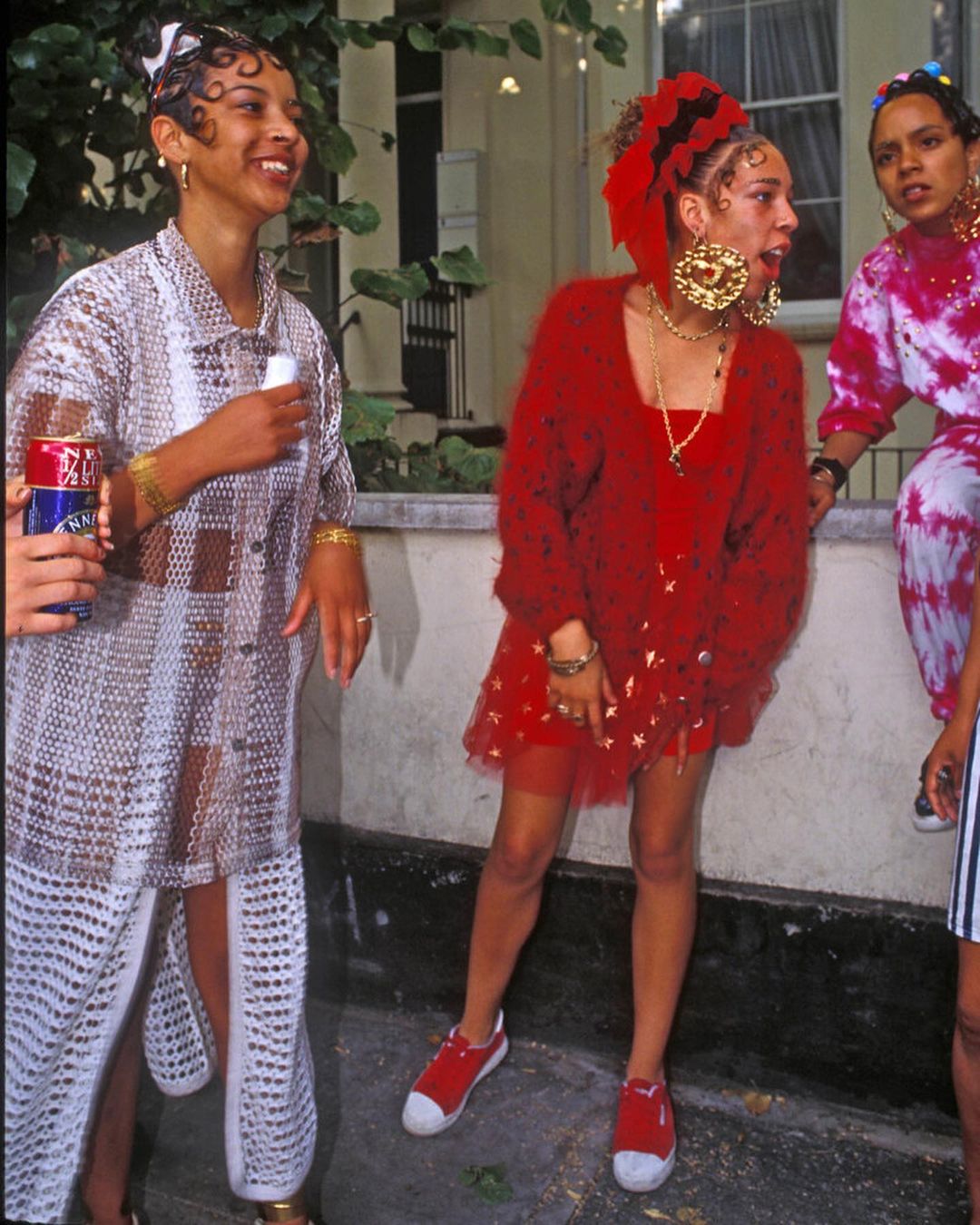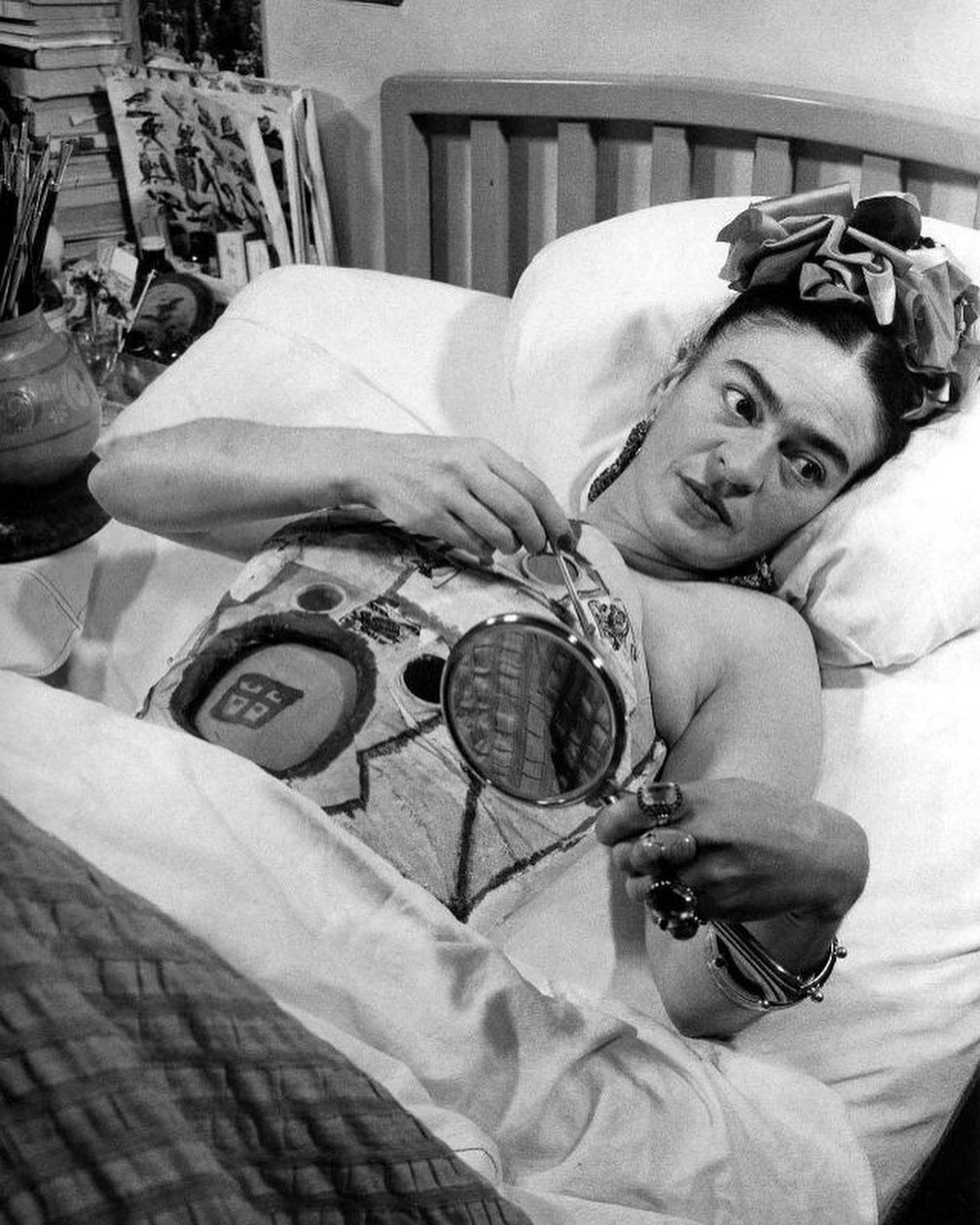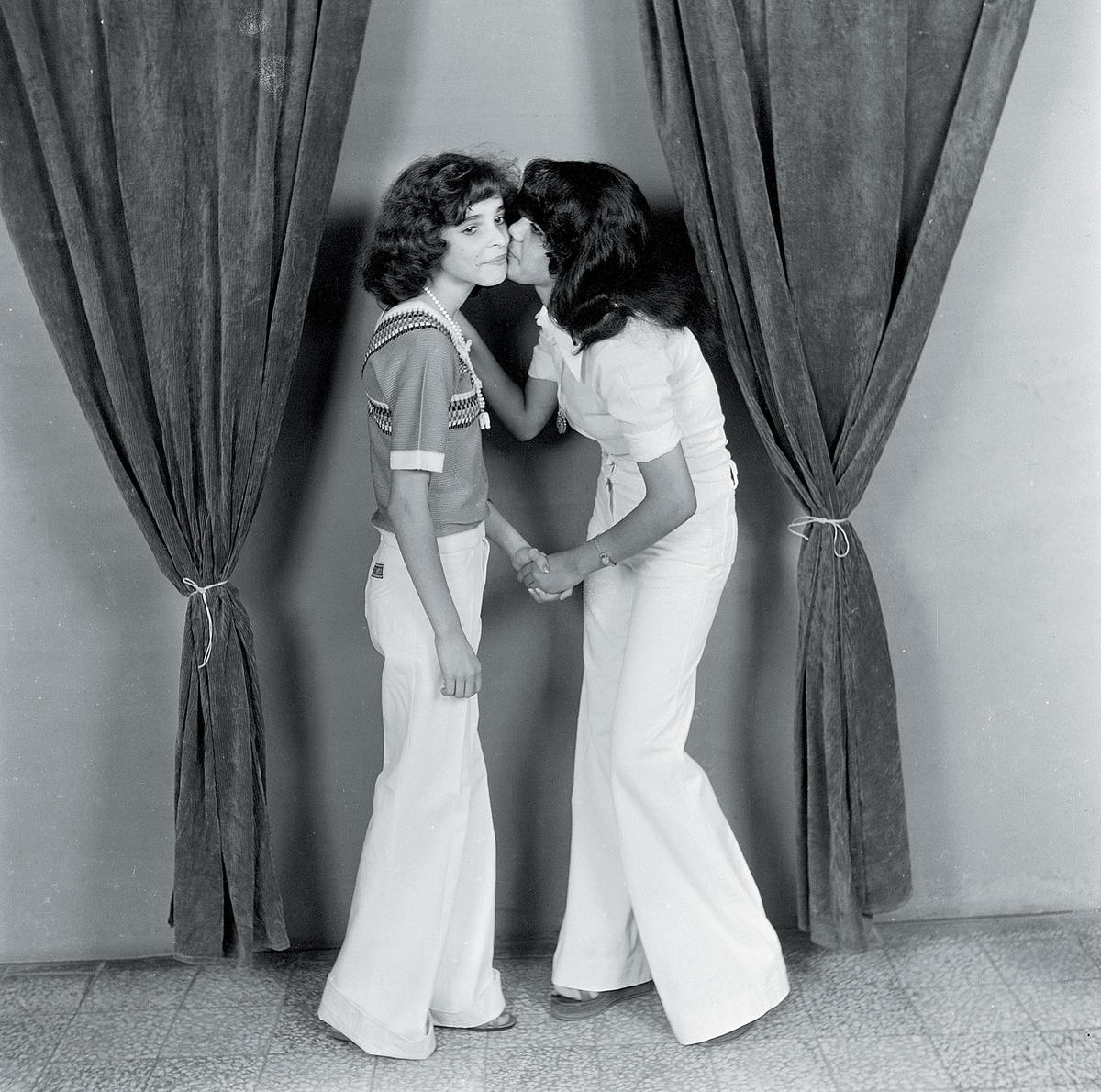The Instagram Archive Championing Intersectional Nostalgia
By Something CuratedCreated by London-based curator Mica, Instagram archive @rewindbeauties celebrates, as she puts, “intersectional nostalgia,” through a trove of compelling and evocative images, largely originating from the 60s and 70s and documenting the beauty and cultures of people of colour. Intersectionality is an analytical framework for understanding how aspects of a person’s social and political identities combine to create different modes of discrimination and privilege. The term was conceptualised and coined by Kimberlé Williams Crenshaw in a paper in 1989. Intersectionality identifies multiple factors of advantage and disadvantage. Examples of these factors include gender, caste, sex, race, class, sexuality, religion, disability, and physical appearance. These intersecting and overlapping social identities may be both empowering and oppressing.

Mica’s archive relishes in difference, showcasing the compelling beauty of diverse individuals spanning vast geographies and social contexts. One of the feed’s latest highlights includes a series of images by Giles Moberly, capturing the splendour of Notting Hill Carnival through the 90s. Taking place over every late August bank holiday weekend in London, the three-day annual event has its origins in the carnival traditions of the Caribbean and the social and political conditions of the post-1948 migration of peoples from the Caribbean. The history of Notting Hill Carnival represents the resilience and cultural diversity of the communities of London. Despite the political pressures Notting Hill carnival has grown and thrived and represents a space for challenge and community cohesion. Today Notting Hill is a cultural institution, attracting up to two million attendees and 40,000 volunteers every year.

Keep scrolling to discover a series of photos showing Mexican artist Frida Kahlo in bed. On the images, Mica expands: “Kahlo spent much time in bed recovering over the years. After contracting polio at six years old, she was bedridden for nine months (with her right leg and foot growing much thinner than her left), before a near-fatal bus accident at eighteen. On her way back from school, the wooden bus she was on collided with a metal streetcar, killing several people. An iron handrail impaled and fractured Frida’s pelvis, as well as her ribs, legs, collarbone and spine. Her treatment after included wearing a plaster corset, which confined her to bed rest as part of her recovery. She subsequently walked with a limp and for the vast majority of her life wore long full skirts. These photographs present Kahlo’s resilience as she rests, heals, decorates her cast and paints magic – all from bed. Her paintings proved to be an outlet for her trauma, wherever she was.”

Another standout series of images comes courtesy of the Lebanese photographer Hashem el Madani, who began taking photos in 1948 with a box camera in his parents’ living room. After a few years he was able to open a studio and took photos for ID papers, as well as portraits of babies, newlyweds and groups of friends. On unoccupied afternoons, he would go out looking for customers in shops, garages, on the beach, and even the local prison. At the height of his popularity in the 60s and 70s, Madani would have up to 100 customers a day passing through his studio in the port city of Saida. Movies were a great source of inspiration for Madani’s sitters. This included dressing up, play fighting and acting out a kiss – always same sex, as interestingly this was deemed less provocative than a man and woman touching.
Feature image: Haiti, 1970s-1980s by Alex Webb via @rewindbeauties